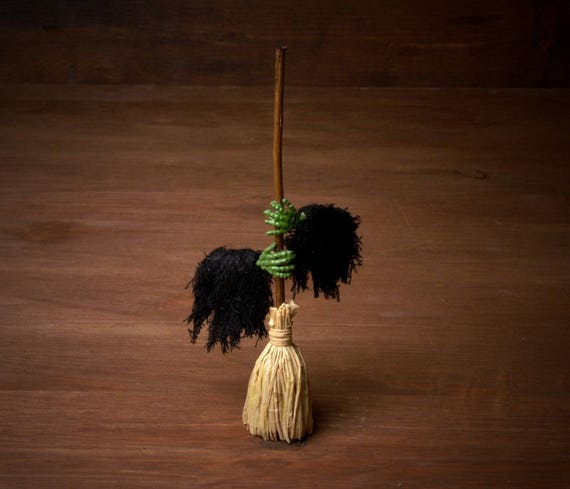

So there you have it, rye to flying brooms. I soared where my hallucinations-the clouds, the lowering sky, herds of beasts, falling leaves … billowing streamers of steam and rivers of molten metal-were swirling along. At the same time I experienced an intoxicating sensation of flying …. Each part of my body seemed to be going off on its own, and I was seized with the fear that I was falling apart. My teeth were clenched, and a dizzied rage took possession of me … but I also know that I was permeated by a peculiar sense of well-being connected with the crazy sensation that my feet were growing lighter, expanding and breaking loose from my own body. So people used their developing pharmacological knowledge to produce drug-laden balms-or, yep, " witch's brews." And t o distribute those salves with maximum effectiveness, these crafty hallucinators borrowed a technology from the home: a broom. And the most receptive areas of the body for that absorption were the sweat glands of the armpits.
#ENCHANTED BROOM CONTROLS WITCHERY SKIN#
What people realized, though, was that absorbing them through the skin could lead to hallucinations that arrived without the unsavory side effects. When consumed, those old-school hallucinogens could cause assorted unpleasantnesses-including nausea, vomiting, and skin irritation. So why do the brooms fit into this? Because to achieve their hallucinations, these early drug users needed a distribution method that was a little more complicated than simple ingestion.

#ENCHANTED BROOM CONTROLS WITCHERY FULL#
Writing in the 16th century, the Spanish court physician Andrés de Laguna claimed to have taken "a pot full of a certain green ointment … composed of herbs such as hemlock, nightshade, henbane, and mandrake" from the home of a couple accused of witchcraft. Forbes's David Kroll notes that there are also hallucinogenic chemicals in Atropa belladonna (deadly nightshade), Hyoscyamus niger (henbane), Mandragora officinarum (mandrake), and Datura stramonium (jimsonweed). And they experimented with other plants, as well. So people, as people are wont to do, adapted this knowledge, figuring out ways to tame ergot, essentially, for hallucinatory purposes. A 17th-century wood engraving of a "witch" being prepared for "flight" (Wellcome Institute, London, via John Mann)


 0 kommentar(er)
0 kommentar(er)
